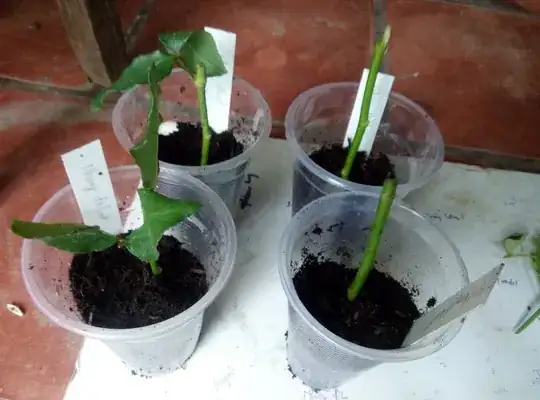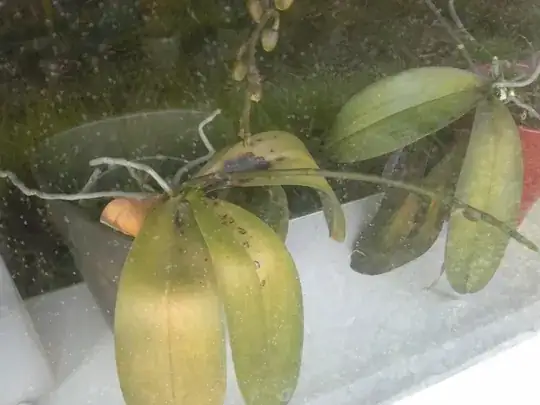I asked a similar question (How Should I Take Care of These Two Phalaenopsis Orchids with Different Behaviors?) a few days ago but still no answer.
I've done further more investigations about that, going to a gardening store and trying to get some help, but even those people weren't super helpful. The suggestions I received were to let the roots receive sun through the transparent pot, and a few other advices that did not make sense to me.
However, you need to check the roots. If they look somehow rotten and not fresh (like my second pot in that question), then you've over-watered them. Leave them somewhere warm with appropriate humidity, and do not water them too often. A small cup of water (ideally with a few drops of Orchid food) once a month should do.
If your roots look whitish gray, then that apparently means they're not able to receive enough water, but as you may noticed, my first pot's roots look like that, but they're having good flowers, doing well. So I'm not too worried about that.
I've moved my pots away from the window which was obviously colder than other parts of the room, and have placed them close to the radiator. Both pots seem to be doing better over there.
If you're seeing any rotten roots, you better remove them carefully, and also not try to shove in or cut the roots that are growing outwards like in your second photo.
I may also mention that I live in Ireland where our dehumidifier sucks at least 5 liters of water every night from the air, so keeping them warm is enough with the natural humidity of the atmosphere. Orchids like warm and humid conditions.

